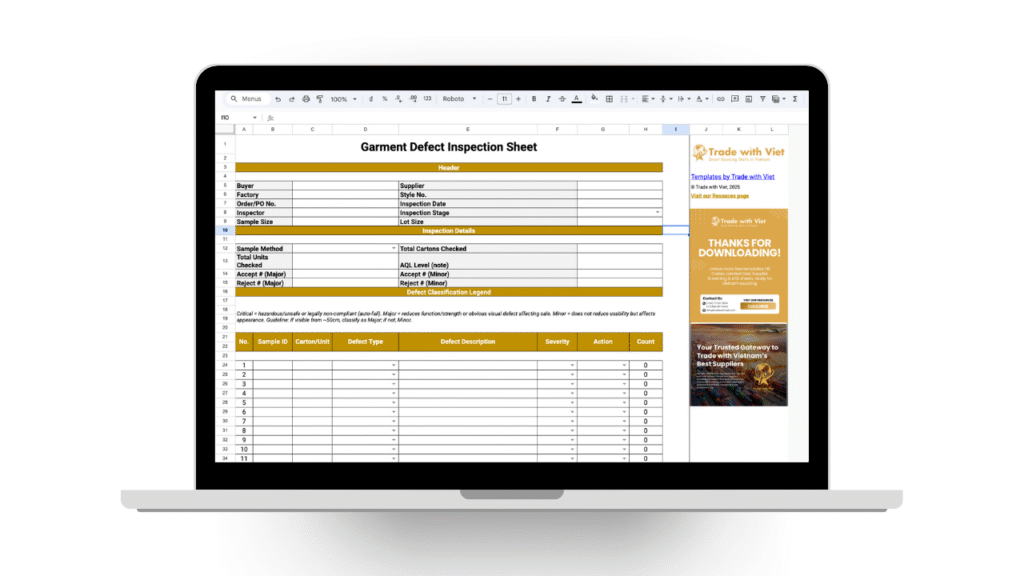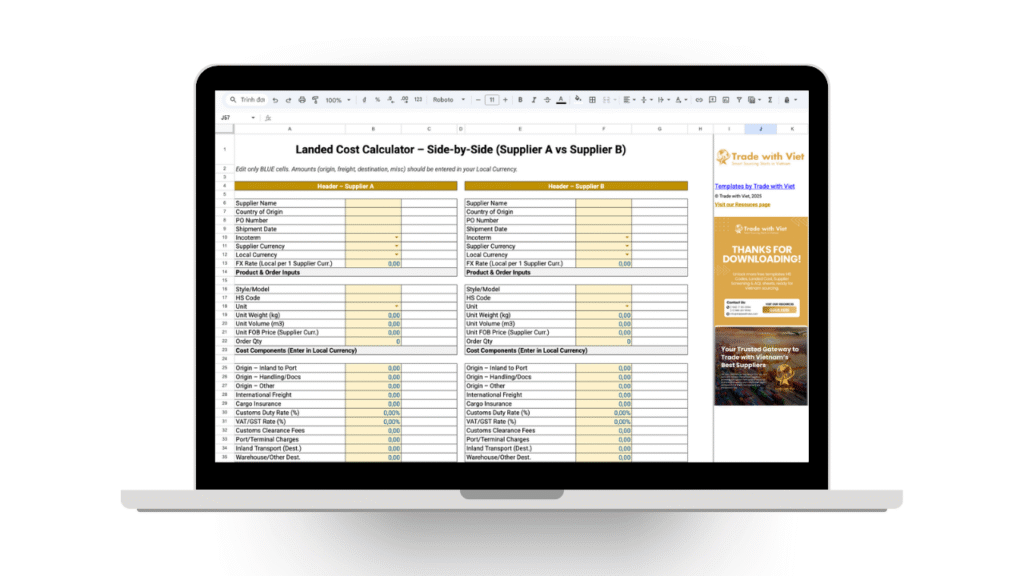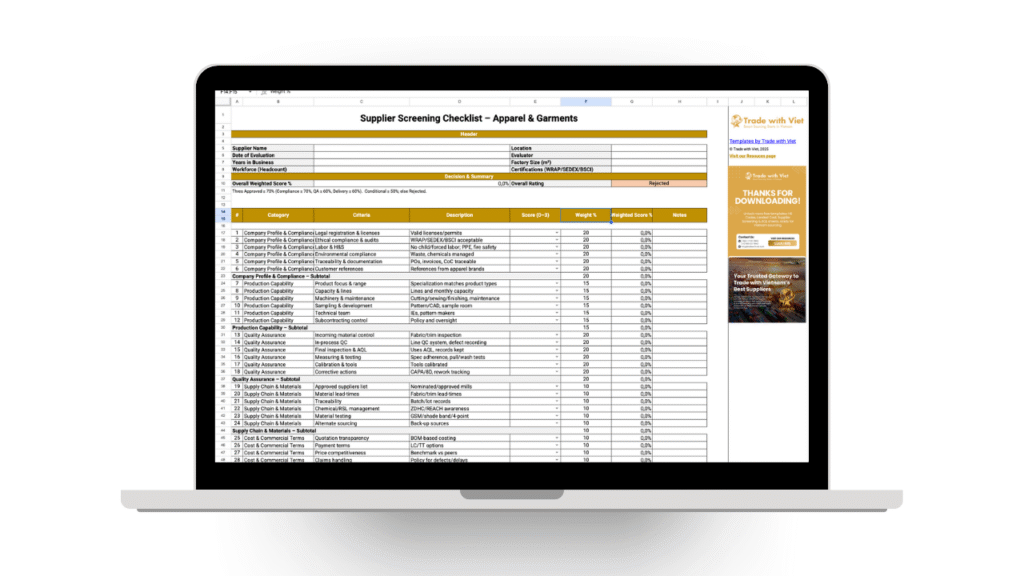National Grid: Strengths & Strains
Electricity demand growth and seasonal variability create planning risk. Start with the big picture: where power comes from, and what that implies for cost and continuity.
Generation Mix (2023)
EVN 2023| Source | Percent |
|---|---|
| Coal | 48.6 |
| Hydropower | 29.3 |
| Renewables (Solar, Wind) | 13.4 |
| Gas & Other | 8.7 |
What this means
- Coal + Hydro ≈ 78%: exposure to import prices and seasonal rainfall.
- Renewables growth: diversification but adds intermittency/curtailment risk.
- Planning takeaway: budget seasonal slack; consider on-site/DPPA where feasible.
Operator note: Align peak loads with lower-risk months; pre-contract backup capacity for Q2 heatwaves.
Regional Stability Deep-Dive
Geography and grid layout create distinct risk profiles in the North, Central, and South.
North — Seasonal Hydro Risk
Reservoir-dependentDry-season shortfalls create intermittent curtailment in peak heat.
Key stat: Gap of 1.5–4.5 GW during extreme heat (EVN, 2023).
>60% of hydro potential concentrated here → drought sensitive
Central — Renewables & Grid Congestion
High solar/wind build-outTransmission hasn’t kept pace; curtailment and variability at peaks.
Key stat: ~1.5 GW approved capacity curtailed in 2023 (MOIT).
Rapid growth + bottlenecks → intermittency risk
South — Structural Demand Pressure
Industrial heartlandHigh baseline demand relies on North/Central 500kV flows near capacity.
Key stat: ~45% of national power; demand +8–10%/yr (EVN).
Constant stressor on national system
Key Risks & Mitigations
Condensed view for planning and stakeholder briefings.
Seasonal Shortages
Primarily North
Impact: 1.5–4.5 GW deficits in dry season (Q2) can hit industrial output.
Mitigation: Transmission upgrades; LNG build-out; energy efficiency + staggered shifts.
Grid Congestion
Primarily Central
Impact: Curtailment of 20–30% during peaks in some corridors.
Mitigation: 500/220kV expansion; selective storage pilots; demand response.
Structural Demand
Primarily South
Impact: Persistent high load keeps the backbone near limits.
Mitigation: New plants nearer loads; DPPA adoption for large consumers; onsite backup.









